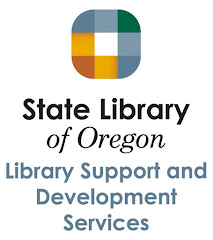Nesi, O. M. (2012). Getting Beyond Interesting: Teaching Students the Vocabulary of Appeal to Discuss Their Reading. Santa Barbara, CA: Libraries Unlimited. ISBN: 978-1-59884-935-6
Publisher's Description
Make use of a detailed plan and ready-to-use lessons for teaching appeal terms and Book Hook writing to students. Getting Beyond "Interesting": Teaching Students the Vocabulary of Appeal to Discuss Their Reading is a practical application book that gives librarians all the tools they need to implement the teaching of both appeal terms and Book Hook writing and sharing. When students know how to write Book Hooks and have access to an easy-to-use system for allowing students to share Book Hooks, the result is greatly increased reading through the power of peer recommendations.
This book not only supplies a detailed plan for teaching appeal terms and Book Hook writing, but it also provides two extensive appendices containing all the black line masters and forms needed to implement these lessons. As a result, practitioners will be able to enhance their students' reading culture through increased sharing of reading—and most importantly, by empowering students with the ability to clearly define their reading preferences.
Highlights
Highlights
- Provides practical and immediately usable material
- Includes resources such as a list of more than 300 picture books that can be used to teach appeal terms, a glossary of appeal terms, 106 Book Hooks written for YA titles for immediate use and more than 60 Hooks written for YA short stories, and a number of lesson plans and lesson ideas for teaching appeal terms and Book Hook writing
- Contains useful resources such as a Book Hook template, a reading survey based on appeal, and materials to make a proposal to administration for implementing the teaching of appeal terms and Book Hook writing through the English Department
- Includes a series of professional development workshops for English teachers, complete with all necessary materials for implementation
- Appendix materials also available on the included CD-ROM

